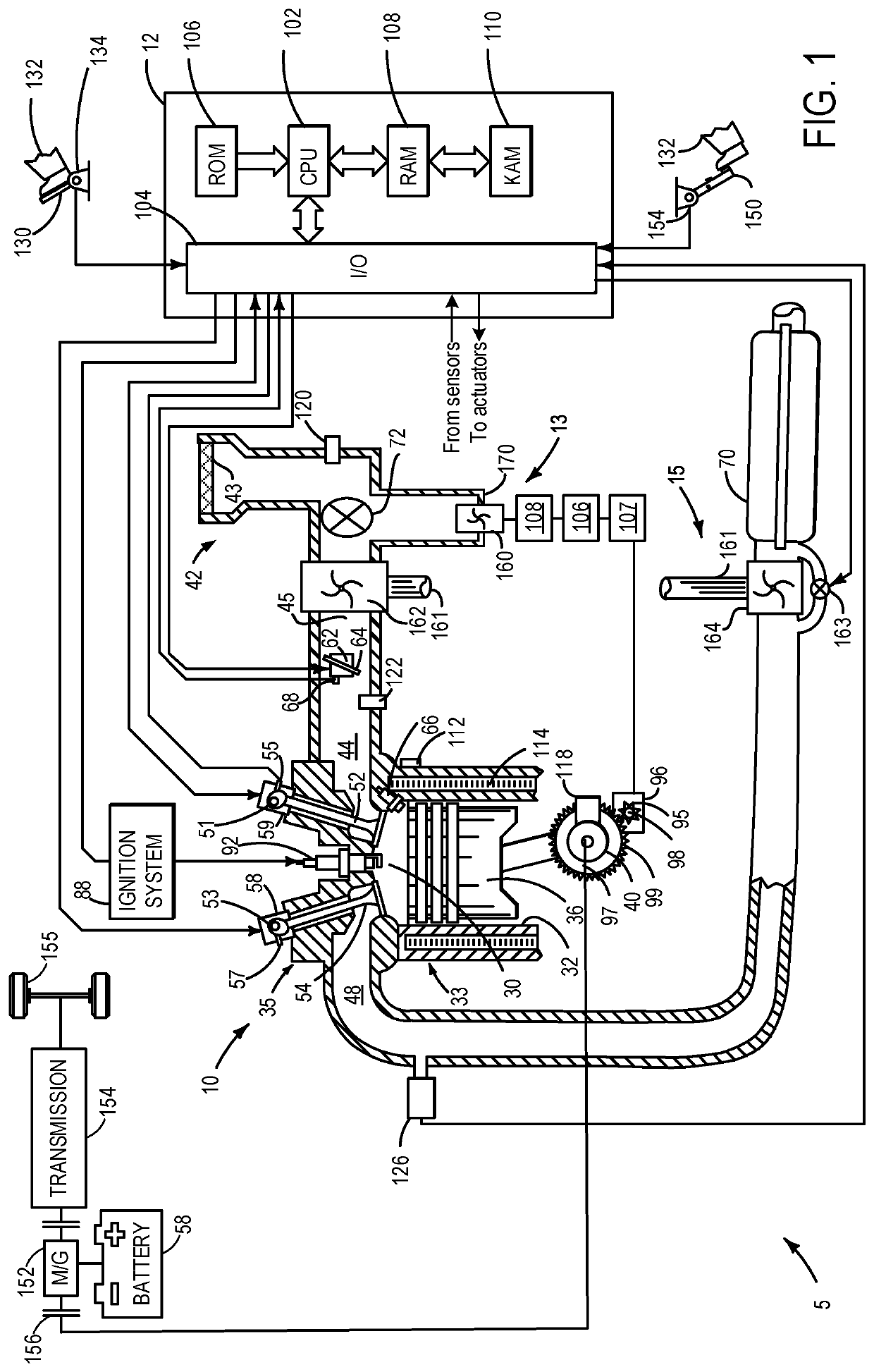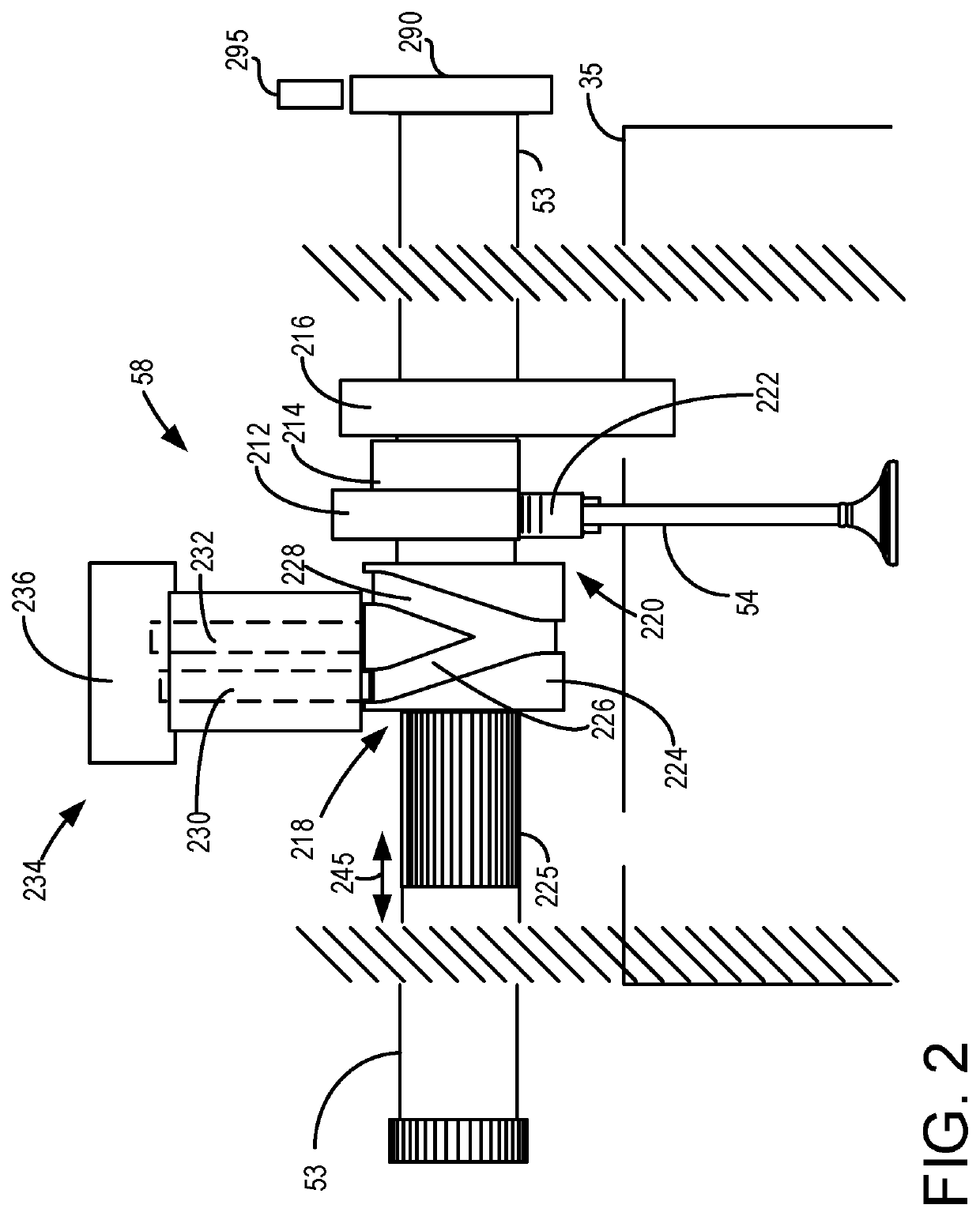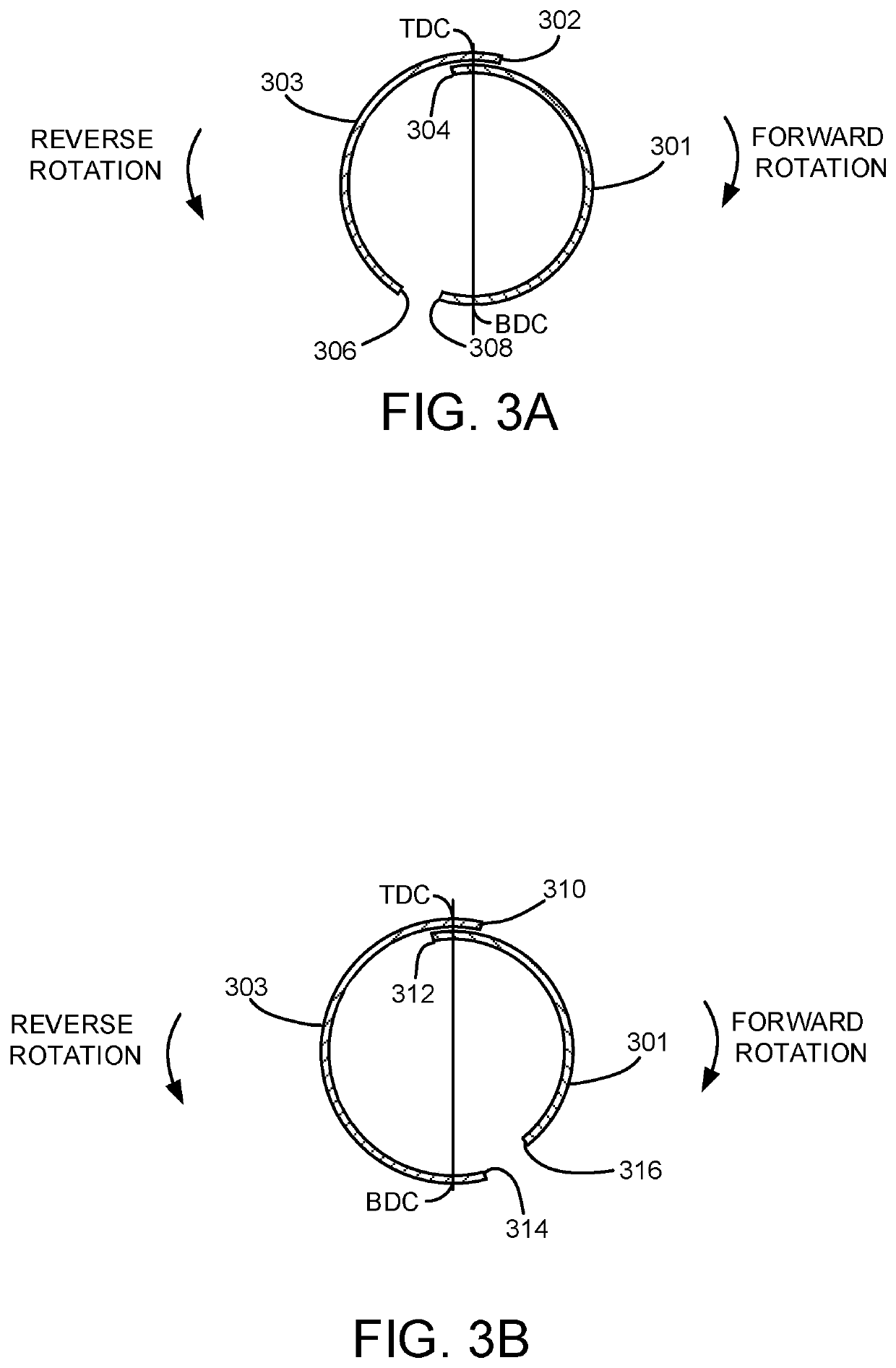System and method for diagnosing a variable displacement engine
a variable displacement, engine technology, applied in the direction of machines/engines, electric control, combustion air/fuel air treatment, etc., can solve the problems of increased risk of engine cylinder valve leakage, increased possibility of degradation of one or more valve actuators that selectively activate and deactivate engine cylinder valves, and increased risk of engine cylinder leakage, so as to reduce engine pumping losses, improve thermal efficiency, and increase the efficiency of cylinders that remain active
- Summary
- Abstract
- Description
- Claims
- Application Information
AI Technical Summary
Benefits of technology
Problems solved by technology
Method used
Image
Examples
Embodiment Construction
[0022]The present description is related to providing diagnosing operation of an engine that includes actuating mechanisms for cylinder valves, such as the engine system of FIG. 1. The actuating mechanisms may be included in the engine to selectively deactivate intake and exhaust valves of engine cylinders to activate and deactivate engine cylinder modes. An example actuating mechanism for cylinder valves is shown in FIG. 2. Example valve timings are shown in FIGS. 3A-3B while example engine cylinder configurations are shown in FIGS. 4A and 4B. An engine controller may perform a control routine, such as the example routines of FIGS. 5-6, to diagnose cylinder valve actuator degradation based on a change in intake manifold airflow while an engine or an electric booster is rotated in a reverse direction. Reverse rotation may be enabled via use of an H-bridge circuit, such as the circuit shown in FIGS. 7A-B. An example MAP profile that may be used for identifying valve actuator degradat...
PUM
 Login to View More
Login to View More Abstract
Description
Claims
Application Information
 Login to View More
Login to View More - R&D
- Intellectual Property
- Life Sciences
- Materials
- Tech Scout
- Unparalleled Data Quality
- Higher Quality Content
- 60% Fewer Hallucinations
Browse by: Latest US Patents, China's latest patents, Technical Efficacy Thesaurus, Application Domain, Technology Topic, Popular Technical Reports.
© 2025 PatSnap. All rights reserved.Legal|Privacy policy|Modern Slavery Act Transparency Statement|Sitemap|About US| Contact US: help@patsnap.com



